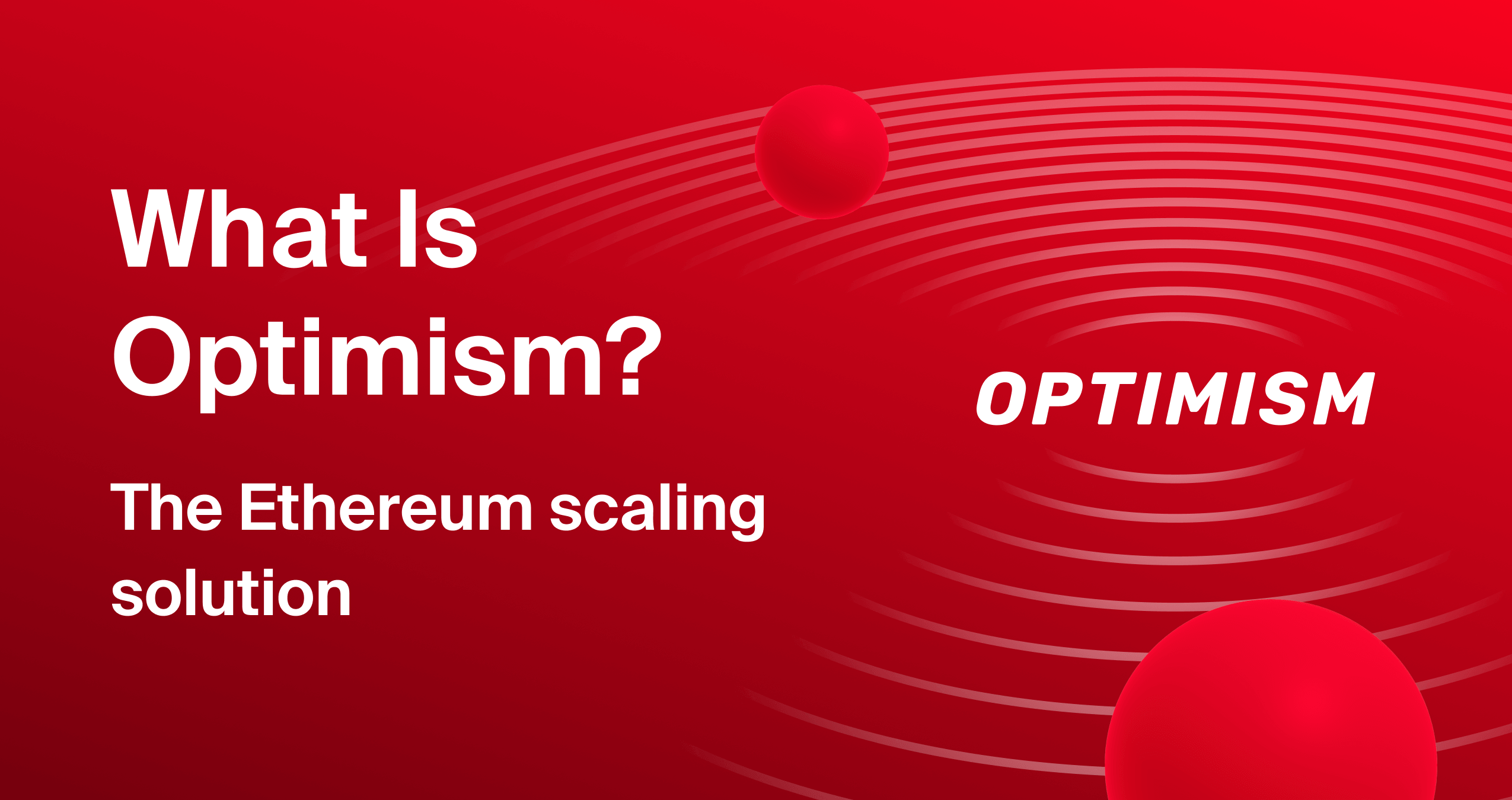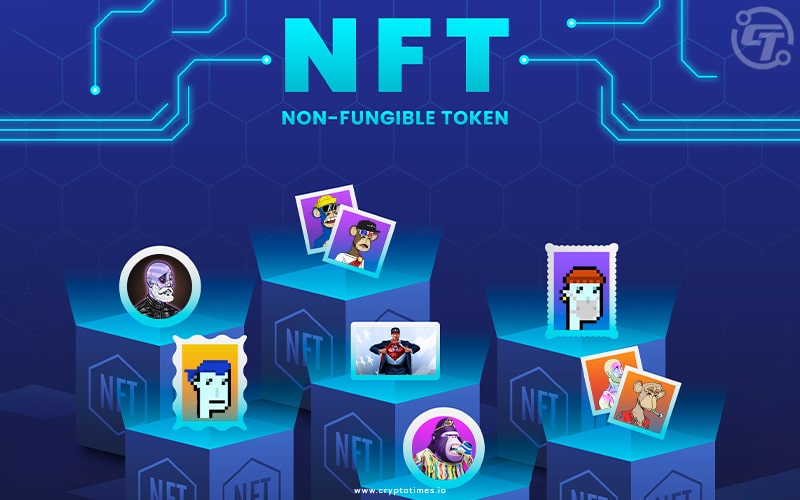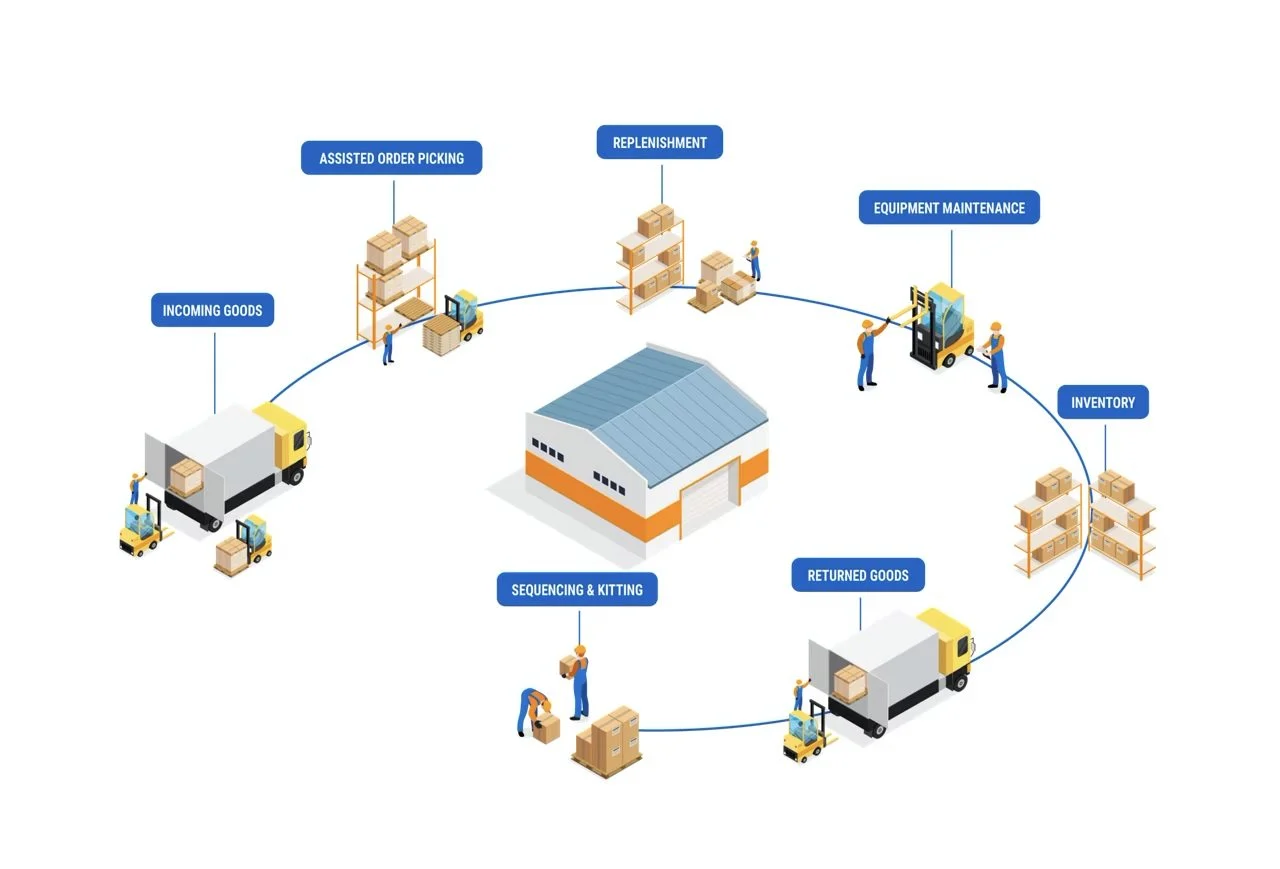
Coinbase Base is the answer provided by Coinbase, which is most familiar to the crypto community. Coinbase crypto exchange was the firm’s answer to one of the teething problems faced in the blockchain world.
In the ever-evolving world of blockchain, one common problem that has always put a spot on its pristine reputation is the scalability issues. Over the years, different solutions have been introduced to address these problems. But what exactly is this issue, and why did newer solutions need to be introduced? We will explore that scenario first.
The Ethereum Scalability Challenge and the Rise of Layer 2 Solutions
As we all know, the Ethereum blockchain was a pioneer platform that introduced smart contracts to the blockchain community. The innovation introduced by the Ethereum organization revolutionized how we interact with decentralized applications (dApps).
However, while the concept was hailed for introducing new technology with various use cases across different spectrums, such as finance, supply chain management, healthcare, voting systems, and digital identity verification, a new problem arose that impacted the overall positive impact of this new technology.
The increased popularity exposed one of the fundamental limitations of the platform, which was that the transactions being processed by the network were done slowly and proved expensive to complete.
The problem was attributed to the fact that the flow towards the network increased so much that it caused network congestion. Those parties that wanted their transactions to be completed first started to pay high network fees, which wasn’t an optimal solution to address the issue.
The problem we are referring to is most commonly known as the scalability problem, and this is where further brainstorming was done to find a solution to resolve the issue.
Fortunately, innovative solutions, known as Layer 2 (L2) networks designed to address the abovementioned issues have emerged.
How these L2 solutions proved effective is that they started to work in tandem with the main Ethereum blockchain (Layer 1) and started to take the load from the main blockchain, therefore reducing the processing time required to complete the transaction and, thus, drastically reducing costs and increasing transaction speeds.
Different L2 scaling approaches exist today, each with distinct advantages and trade-offs. One such example of these approaches is Optimistic Roll-ups, which process transactions off-chain and periodically submit them back to the mainnet for verification. They rely on a fraud-proof mechanism to generate and maintain security.
On the other hand, zk-rollups are considered one step ahead of optimistic roll-ups as they contain features like providing even less transaction completion time that is also cost-effective. It is also known for demonstrating increased security and transparency.
The security aspect is impressive in zk-rollups because it doesn’t rely on the mainnet for security and uses cryptographic proofs to verify the validity of off-chain computations.
Understanding the capabilities and limitations of L2 solutions is crucial as we are heading towards how Coinbase’s Base L2 network fits into this picture. We will delve deeper into Coinbase’s Base L2 network, exploring its features, potential, and implications for the broader Ethereum ecosystem.
Introducing Coinbase’s Base L2 Network: Streamlining the Ethereum Experience
Coinbase’s Base L2 network was designed to unlock faster, cheaper, and more user-friendly experiences for developers and users within the Ethereum ecosystem. The network was developed in collaboration with Optimism and leveraged the optimistic roll-up approach, utilizing the Ethereum mainnet’s security while offering significant scalability improvements.
What is Optimism?

Optimism is a project focused on enhancing Ethereum’s scalability and enabling the creation of efficient decentralized economies and governance structures globally.
The Optimism Collective develops open-source software for running Layer 2 (L2) blockchains to tackle significant governance and economic obstacles within the broader cryptocurrency community.
At its core, Optimism operates under the principle that impact equals profit, which means that individuals contributing positively to the Collective’s objectives should receive proportional rewards in terms of profit.
How does Coinbase Base fit into this equation?
The core technology behind Coinbase Base lies in its ability to bundle transactions off-chain. Instead of processing each transaction individually on the mainnet, Base groups them and submits them as a single batch, significantly reducing the computational load and associated fees.
The process translates to faster transaction confirmation times and lower gas costs than directly interacting with the mainnet.
Furthermore, Coinbase Base boasts compatibility with the Ethereum Virtual Machine (EVM), the core engine powering Ethereum smart contracts.
The compatibility allows developers to seamlessly migrate existing dApps and smart contracts onto Base without requiring any significant code modifications, therefore fostering a smooth transition and accelerating the growth of the Base ecosystem.
However, the purpose of Base isn’t just to provide faster and cheaper transactions. It also prioritizes user experience with its intuitive interface and developer-friendly tools.
Coinbase aims to integrate Base with its existing product suite, including the Coinbase Wallet and other services, providing a familiar and streamlined experience for its large user base.
Combining its focus on scalability, developer friendliness, and user experience, Base emerges as a promising contender in the L2 landscape.
However, its potential and impact will depend on attracting developers, building a vibrant ecosystem of dApps, and effectively addressing any underlying challenges specific to the Optimistic roll-up approach.
Exploring the Use Cases and Ecosystem of Base
So far, we have discussed how Coinbase Base has effectively reduced transaction time and gas fees. However, the system’s effectiveness and utility don’t end here. There are other use cases that Coinbase base serves, and they spread across various sectors within the Ethereum ecosystem. We will examine some critical areas where Base can play a transformative role.
Decentralized Finance (DeFi)

The high gas fees of a network are always a red flag for DeFi users who don’t have a substantial amount of investing. The fact that the Coinbase Base significantly reduces these costs enables them to participate in various DeFi-related activities like lending, borrowing, or yield farming.
The inclusivity creates opportunities for new investors with less capital to earn more capital. However, special consideration must be made regarding risks associated with DeFi activities, and due diligence is always necessary in these scenarios.
Non-Fungible Tokens (NFTs)

When NFTs first came onto the scene, their popularity increased overnight as people thought that its use case of minting art on a digital platform could be a lucrative financial avenue.
While, in the long term, the popularity of NFT decreased drastically, and they are not found to be an exciting investing option at all, they haven’t entirely disappeared from the scene, and many hope they will make a comeback into the digital landscape one day.
However, the one thing you should know here is that minting and trading NFTs on the mainnet can be costly. If users want to make effective use of this investment option, then they need to search for a solution that can prove to be cost-effective, and this is where Coinbase Base comes into play.
Base’s scalability enables faster and cheaper NFT transactions, opening the door for broader adoption and innovation in the NFT space.
Gaming

Blockchain-based games often struggle with scalability issues that hinder user gameplay experiences.
The introduction of Coinbase Base enhances blockchain gaming by boosting scalability, reducing transaction costs, and improving user experience.
They enable smoother gameplay with faster transactions and lower fees, fostering microtransactions and frequent in-game interactions.
Developers can create expansive virtual worlds without blockchain constraints, while interoperability features facilitate cross-game asset transfers and integration.
The solution also ensures security and trust through cryptographic techniques, safeguarding in-game assets and transactions.
Social Media
Building decentralized social media platforms on Ethereum faces scalability challenges. Base’s infrastructure can support the high transaction volume required for such platforms, allowing for social interactions governed by the users and immune to censorship.
Supply Chain Management

Coinbase Base also has the potential to offer several benefits in supply chain management. It can improve scalability by processing transactions off-chain, enhancing the throughput and efficiency of supply-chain processes.
Additionally, this solution reduces transaction costs, making tracking and tracing individual items throughout the supply chain economically feasible.
Base enables seamless data exchange between stakeholders and systems by providing interoperability features and facilitating transparent and auditable supply chain operations. Moreover, the solution enhances security and trust by ensuring the integrity and immutability of supply chain data on the blockchain.
Security, Risks, and Future Development of Base
While we have been raving about the innovation Coinbase Base introduced into the blockchain world and the real-world problem it solves, along with having dynamic use cases, we can’t skim over the fact that some challenges are associated with it.
Security
As an Optimistic roll-up, Base inherits the security of the Ethereum mainnet but relies on an additional fraud-proof mechanism to ensure the validity of off-chain transactions.
The mechanism involves validators periodically monitoring the network and challenging any fraudulent transactions. However, there’s an inherent time delay before fraud proofs are finalized, introducing a small theoretical risk of invalid transactions being included in the system.
Risks
Like any emerging technology, Base faces certain risks and challenges. Its dependence on the Ethereum mainnet exposes it to potential vulnerabilities present there.
Hacks, exploits, or disruptions on the mainnet could indirectly impact Base. Additionally, Base itself is a young platform, and its long-term stability and security haven’t been thoroughly tested.
Smart contract vulnerabilities within dApps built on Base pose another potential risk, and users should practice due diligence before interacting with any dApp. Malicious actors might exploit these weaknesses to steal funds or manipulate data. Users must exercise caution.
Base vs. the Competition
Coinbase’s Base joins a vibrant L2 landscape introduced to address Ethereum’s scalability challenges. To understand Base’s position and potential impact, let’s compare it to two leading competitors: Arbitrum and Optimism.
Key Metrics
| Feature | Coinbase Base | Arbitrum | Optimism |
| Technology | Optimistic Rollup | Optimistic Roll-up | Optimistic Roll-up |
| Mainnet Integration | Periodic | Continuous | Periodic |
| Transaction Fees | Lower than mainnet, aims for lowest among L2s | Lower than mainnet, variable based on demand | Lower than mainnet, aims for lower fees than Base |
| Transaction Speed | Faster than mainnet, aims for fastest among L2s | Faster than mainnet, variable based on network congestion | Faster than mainnet, aims for faster speeds than Base |
| EVM Compatibility | Yes | Yes | Yes |
| Ecosystem Development | Early stage, growing rapidly | More established ecosystem | More established ecosystem |
Competitive Advantages
Base: Aims for the lowest fees and fastest speeds among L2s, integrates with Coinbase products, and focuses on user experience.
Arbitrum: Offers continuous mainnet integration and variable fees and boasts a more established ecosystem.
Optimism: Has a more extensive existing user base and a more mature ecosystem, focuses on general-purpose dApp development.
Choosing the Right L2
The choice between Base, Arbitrum, and Optimism depends on specific needs and priorities. For developers seeking the absolute lowest fees and fastest speeds, Base might be enticing.
On the other hand, those who are prioritizing a more established ecosystem and continuous mainnet integration might favor Arbitrum.
Optimism might appeal to developers seeking a mature platform focusing on general-purpose dApps.
Beyond the Competition
While these three L2 solutions are prominent, the L2 landscape constantly evolves, with new contenders emerging. Ultimately, the success of each L2 will depend on its ability to attract developers, build a vibrant ecosystem, and effectively address scalability challenges while maintaining robust security.
The future of Ethereum’s scalability lies in the collective efforts of these L2 solutions. By fostering healthy competition and continuous innovation, they can pave the way for a more scalable and accessible Ethereum ecosystem for everyone.
Future Outlook
Coinbase is dedicated to enhancing Base as a top-tier Layer 2 (L2) platform for developers and users. Their roadmap outlines critical milestones, including decentralizing the sequencer role to address centralization issues in Ethereum’s L2 ecosystem, aiming for broader adoption.
Additionally, they plan to integrate more Ethereum features like account abstraction and sharding into Base to boost scalability and enable developers to create more innovative applications. Moreover, Coinbase aims to attract diverse projects to build on Base, recognizing the importance of a vibrant developer community for network growth.




